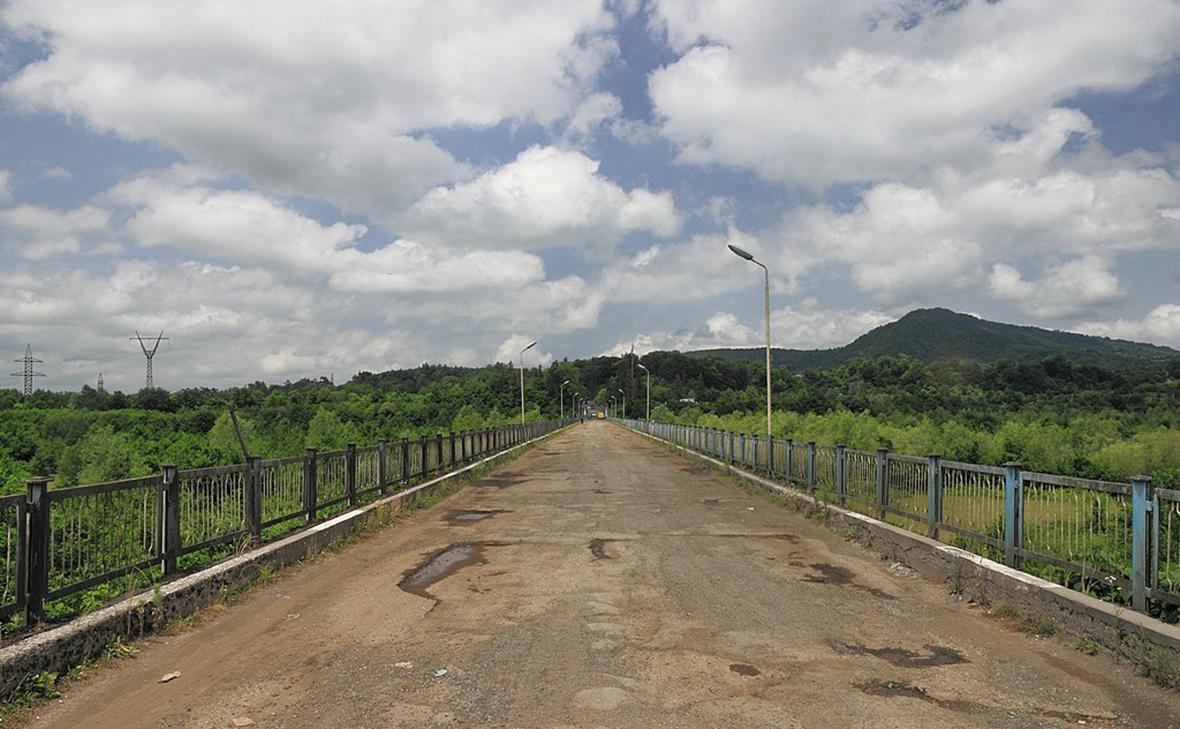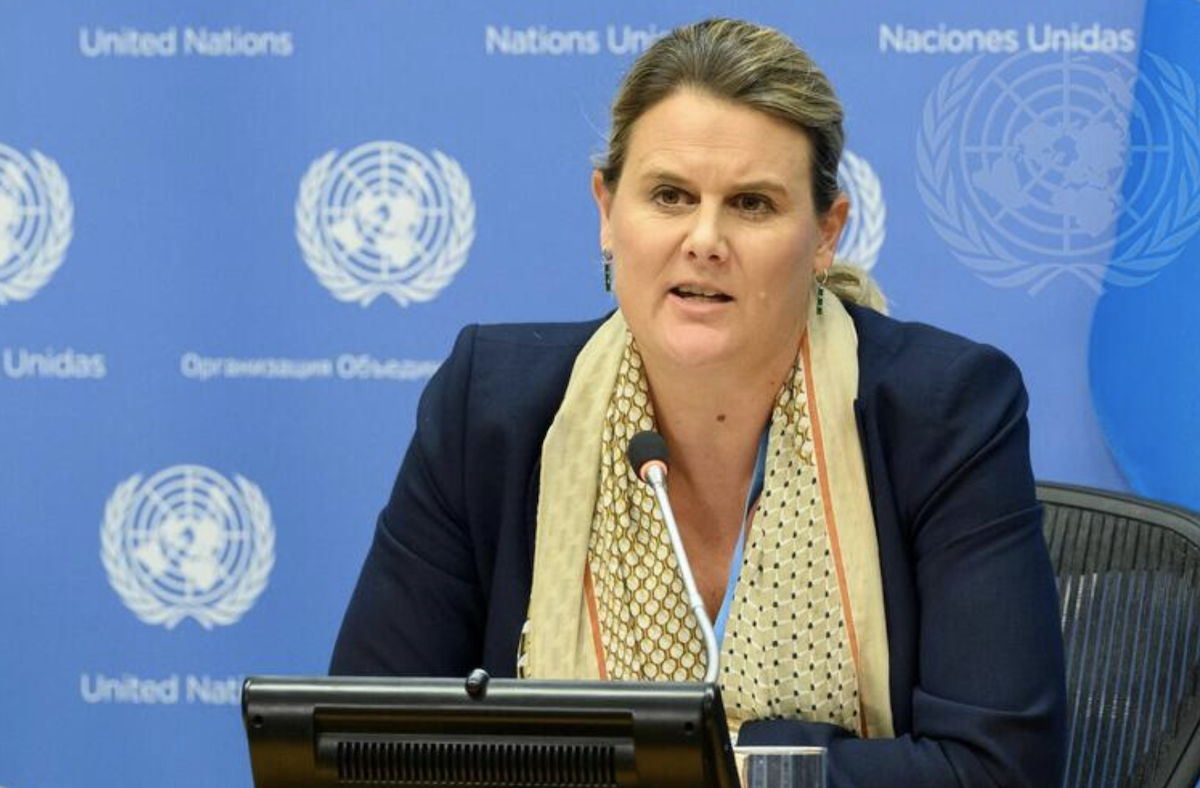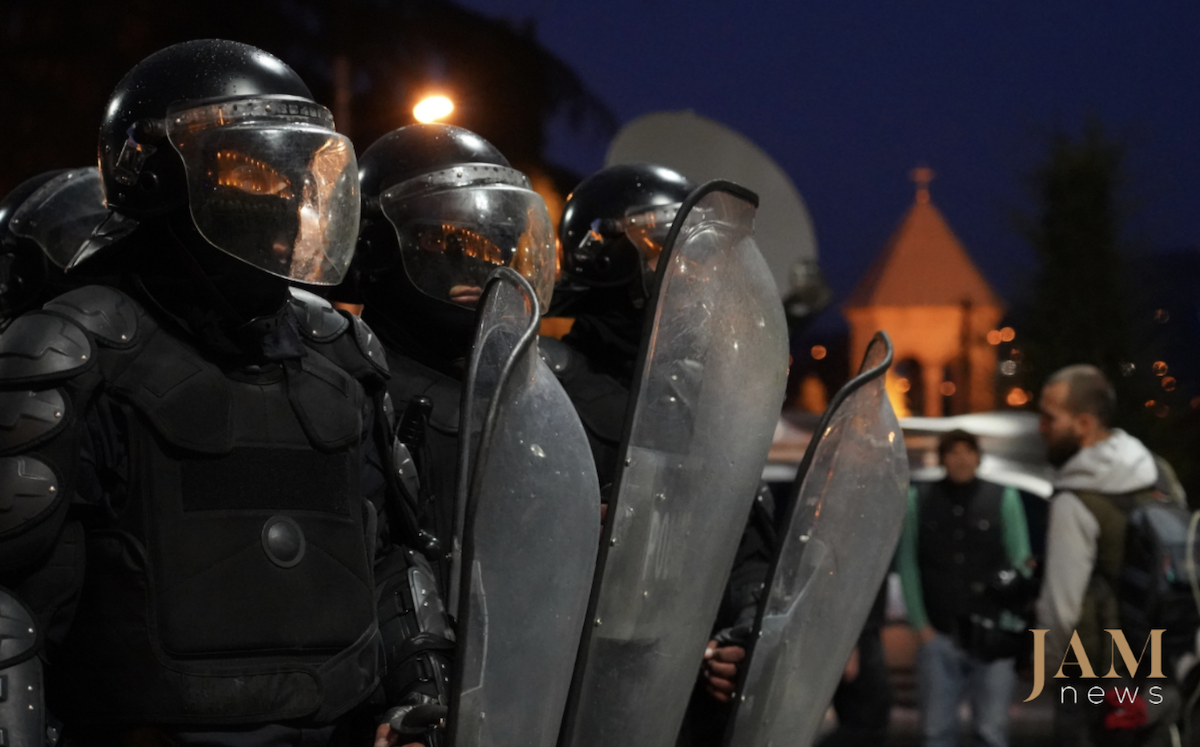Explosion in the Russian city of Magnitogorsk: gas leak or terror attack?
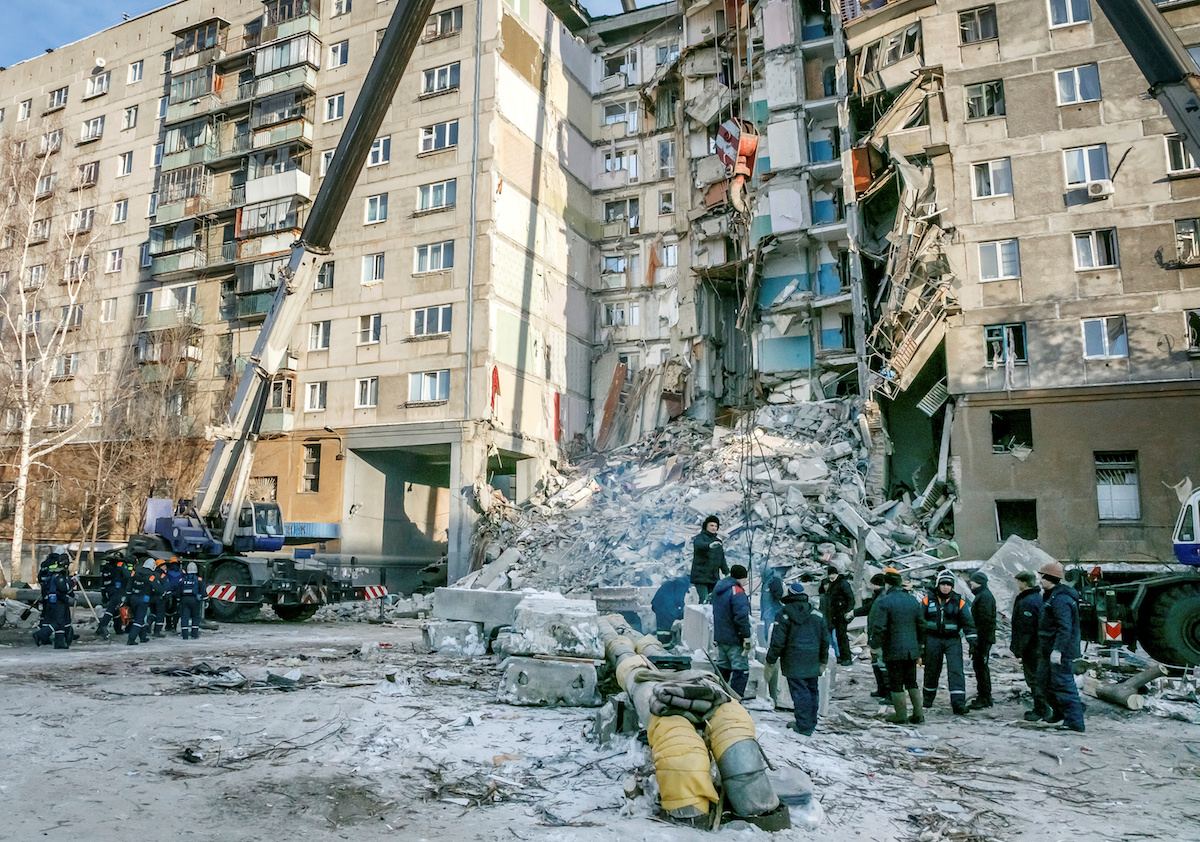
Two Russian publications – Znak.com and 74.ru – have reported that the tragic New Year events in the Russian city of Magnitogorsk, where an explosion of a residential building and a minibus occurred, could have been a terrorist act.
The journalists provide circumstantial evidence and demand that the authorities refute what they have presented.
So far, the authorities have only reported that no traces of explosives have been found at the site of the explosion – they have not provided answers to other questions.
• Vladimir Putin on biological weapons in Georgia, the afterlife of Russians
• Why the US has announced economic sanctions against Russia, Iran and Turkey
Early in the morning of 31 December in Magnitogorsk, the entrance way of a 10-storey residential building on Karl Marx Avenue collapsed.
The authorities say 39 people died in the explosion itself or were buried under rubble, and that the explosion was a result of a domestic gas leak. A day after the catastrophe, on the evening of 1 January, a minibus caught fire in Magnitogorsk and exploded, killing three people. Witnesses said they heard shots fired, but officials reported that gas cylinders, which served as fuel for the vehicle, were at fault.
Residents from a building on neighbouring Lenin Street were evacuated from their homes later that night in Magnitogorsk without an explanation.
Znak.com and 74.ru almost immediately wrote that the explosion in the residential building had been a terrorist attack, and that the explosion in the minibus was an attempt to eliminate the perpetrators.
Regarding the operation on the neighboring street, Znak.com reported that security forces were allegedly looking for a fourth suspect in the organization of the attack.
Meduza spoke to Dmitry Kozeev, the deputy editor-in-chief at Znak.com, and asked what answers he is still awaiting from the Russian authorities.
Here is what he had to say:
• The publication has a strong team of reporters with very good sources in law enforcement. This time it turned out that there were several such sources in the operational investigation team. In fact, journalists could crosscheck information by communicating with different people. And these sources, to which there is already a high degree of confidence, spoke of an attack.
• A lot of investigators and experts came to Magnitogorsk from different cities and regions. This is not typical for a domestic gas explosion.
• The lack of transparency among security forces is concerning. Usually, when such tragedies occur, the authorities begin to talk quite actively about what they are doing and what kind of studies they are carrying out. But this time, there is no information at all.
• As concerns the minibus, journalists used information from sources in law enforcement agencies. And they said that the SIM cards of those suspected of the terrorist attack were not in the bus. They tried to stop the bus, but from there they opened fire. After that, all who were inside were killed.
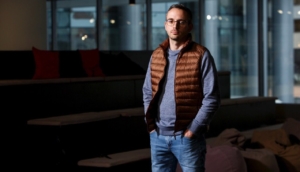
Dmitry Kolezev: “As a journalist, I am ready to accept any version [of events] that will prove [what happened] with as much information as possible. Now, we do not know anything.
“In which apartment did the gas explode? Who lived in the apartment? Who died in the bus? What kind of operation was carried out on the night of 2 January in the building on Lenin Street?
“If they provide us with this information, if documents, photographs and videos ware shown, and if all this forms a picture, say, a succession of incredible coincidences – we, of course, will say: well, we made a mistake, our sources made a mistake.”
Kolezev said that so far he knows of only a few arguments that refute the idea of a terrorist attack – one of which is that no group has come forward to claim responsibility.











